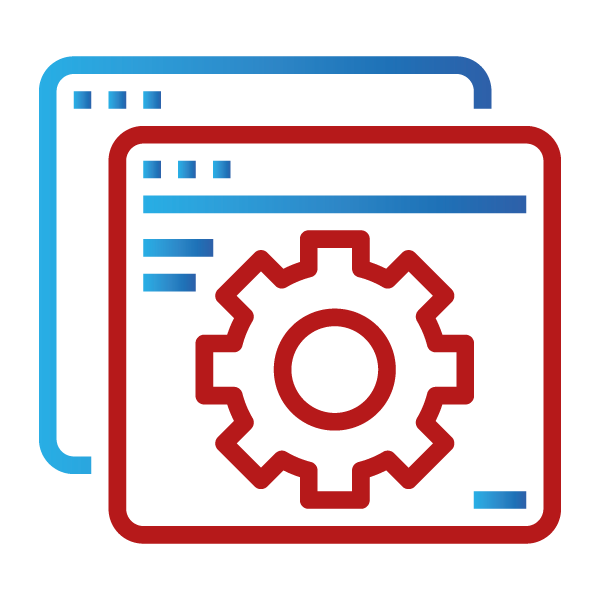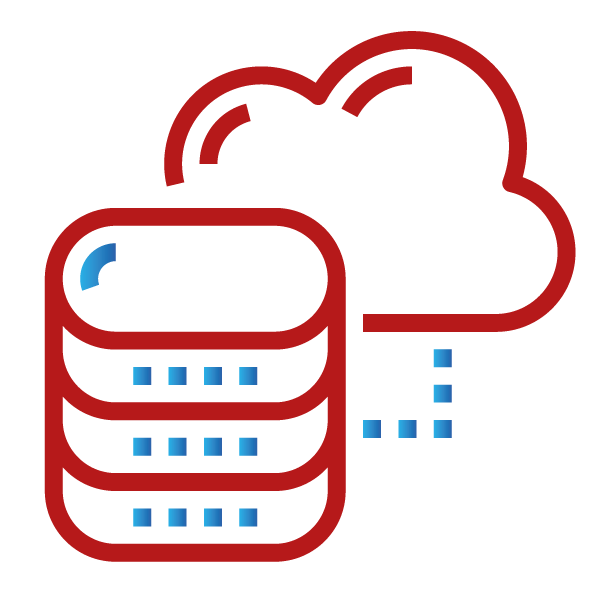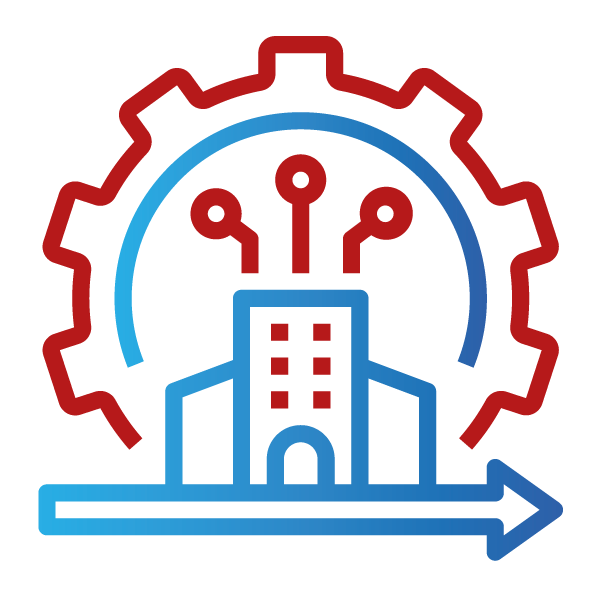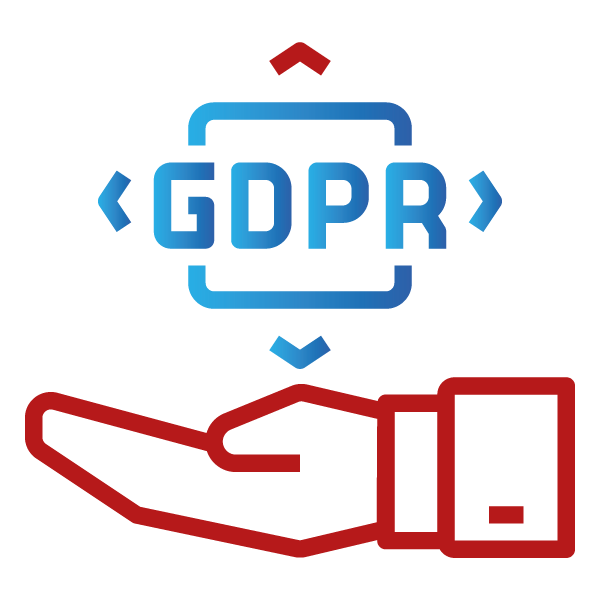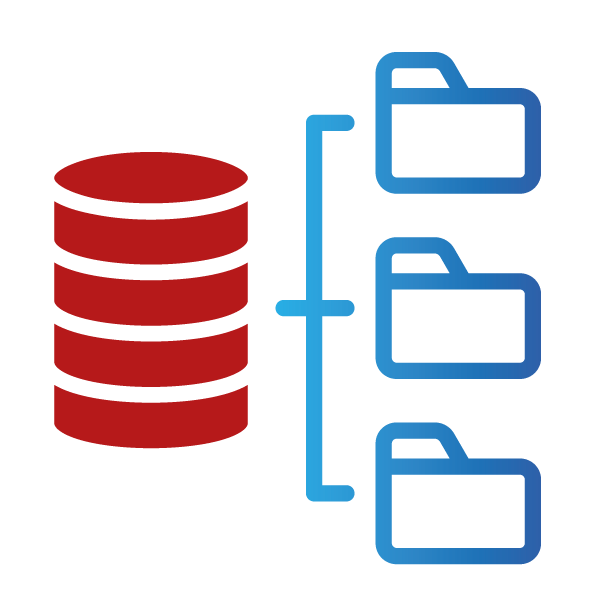Use Cases
Get the Benefits of Our Experience!
Use Cases
Application Retirement
Half of all major corporations believe they will be able to decommission every second obsolete system, seeing this as not just an opportunity but rather a necessity. However, few companies actually follow through on this. The reasons for their hesitation include the retention obligations for business information, which stipulate different periods of tamper-proof storage; but also the value of the intellectual property that is tied up in historical information.
The solution to this problem is called decommissioning legacy systems, otherwise known as application retirement. Companies need a modern, central information management platform to manage the whole lifecycle of historical information – data as well as documents. The name of this platform is JiVS IMP. With its help, information from legacy systems can be historicized and its life cycle managed according to internal and external regulations such as the EU GDPR, from the transfer of the legacy systems through to the documented final deletion. Sensitive data can be stored encrypted.
In addition to legal certainty and compliance, JiVS IMP generally saves up to 80 percent or more in operating costs compared to the costs of operating the decommissioned legacy systems. JiVS IMP not only saves costs, but also provides companies with great additional benefits in the form of greater agility, flexibility, legal certainty and pace of innovation. With easy and full access to historical information, this data becomes an integral part of the value chain as it makes an active contribution to value creation and, consequently, helps increase the value of the company.
Rightsizing before cloud
ERP systems have a tendency to grow. Even after a short time, companies often need to expand their system’s storage capacity and increase its computing resources. They’ll have to keep doing so too, in order to prevent business users’ queries from having a noticeable impact on performance. Ensuring that the user experience doesn’t suffer means that the cost and effort involved in running ERP systems is constantly rising. This applies to existing SAP systems like SAP ECC 6.0 as well as to future SAP environments based on SAP HANA.
In parallel, constantly growing systems increase complexity and make it more difficult – or even impossible – to move to the cloud. Many SAP customers are planning to use hyperscalers to run SAP HANA, as well as their legacy systems and databases, to prepare for the implementation of the new product generation. However, the greater the volume of data and documents to be transferred to the cloud, the higher the amount of work and cost involved.
In addition, a large repository of heterogeneous information – whose structures change over time but cannot be modified for legal reasons – hinders and slows down a company’s transformation and migration to SAP S/4HANA or SAP C/4HANA. This is all the more relevant given that many SAP customers are thinking about returning to standard SAP as part of their migration. However, the larger and more heterogeneous the information pool, the more complex the transformation will be to make it suitable for transfer from SAP to SAP S/4HANA using SAP’s system conversion tools.
Even after a successful migration to SAP’s new software generation, customers will need to continue running their legacy systems – for legal reasons, the historical information they contain cannot be changed. Customers are locked into a vicious circle of ever-increasing data volumes on the one hand and higher costs and complexity on the other. The new system and the work it involves will keep growing too. That means higher operating and investment costs as memory is still expensive.
The one really suitable solution to this challenge is called rightsizing. The idea is to extract all data and documents from the legacy ERP system(s) before deleting the database entries that are no longer required in the operating systems. It is crucial that the extracted information is stored together with its business context on a neutral, central and modern platform.
The Java-based Information Management Platform JiVS IMP is exactly this type of solution. It enables customers to reduce the volume of data in their ERP systems from a business point of view rather than a technical one. As a result, the volume can be reduced by up to 95 percent.
In addition, JiVS IMP reduces operating costs immediately, usually by 80 percent or more. The journey to the cloud is much easier and faster as a massively reduced information pool make the transformation and migration process significantly shorter.
As an integral part of the destination architecture, JiVS IMP plays its strategic role to the fullest extent in the operational phase of SAP S/4HANA. Companies can regularly move data and documents to JiVS IMP once they are no longer required for day-to-day business.
Mergers & Acquisitions
Company acquisitions can be a cause of celebration – for management. But the real work starts in the IT department – almost before the ink’s dry on the contracts and the champagne glasses emptied. That’s because buyers don’t only acquire markets, employees and customers – they’re getting IT systems too. And these can easily run into the hundreds in a large firm.
The solution is to shut down the systems that are no longer required – both in the buyer’s company and in the business it has just acquired. But before retiring the applications, the company must migrate all of the information – data and documents – onto a centralized, neutral platform and store them in a modern data format.
The name of this modern and centralized Information Management Platform is JiVS IMP. It enables companies to manage the entire lifecycle of historical information – both data and documents. Using JiVS IMP, live and legacy systems can be decommissioned following a company acquisition. This usually allows companies to save about 80 percent or more in operating costs compared to keeping the old systems running. In addition, they benefit by reducing the scope and complexity of their planned migration projects because they only need to move the really necessary data and documents to the live systems, or to keep them there if they’re already in place.
On the other side of the coin, restructuring initiatives often lead to the sale of a part of the company, known as divestments of business. The buyer is counting on the seller to hand over all relevant information, data as well as documents, about the business to enable them to continue running it. The challenge facing the seller, however, is how to identify, extract and pass on only the information relating to the business unit to be sold – nothing else. This is often a time-consuming and complex endeavor that is also very costly.
The one solution that meets all these different requirements is a neutral, cost-effective and central platform for cleansing data, storing it in a legally watertight way, and handing over the relevant information when a business unit is sold. JiVS IMP is exactly this type of modern Information Management Platform. All the business information is available to the buyers in a neutral and legally-compliant format, ready to be used. In addition, JiVS IMP protects a company’s intellectual property when a part of it is being restructured or sold, especially if competitors are involved in the purchase.
In this way, JiVS IMP puts an end to sleepless nights among IT staff when there’s an M&A or divestment-of-business project. And it makes IT as agile as management expects it to be.
Transforming to the intelligent and composable enterprise: SAP S/4HANA migration
2027 – or 2030 if customers opt for Extended Maintenance. That’s when SAP is ending support for all versions prior to SAP S/4HANA. This implies a mammoth project for most established SAP customers, because this is no ordinary upgrade – it’s more like a completely new implementation. The biggest challenge from both the complexity and time perspectives is the migration and transformation of existing data and documents to the new environment.
Moving multiple heterogeneous legacy systems, typically not from one single manufacturer, to a new centralized and modern solution inevitably entails data migration projects. The associated workload for large companies very quickly adds up to 5,000 man-days and more.
The better the data quality and smaller the volume of migrated information is, the greater the benefits of data migration are. Duplicates, incomplete or erroneous data records, such as those concerning long-sold or closed parts of companies and business units, already cost storage space and maintenance in the legacy systems. A new and central solution’s potential to create value is reduced accordingly if these legacy issues are also transferred to the new environment.
SAP has also recognized the challenge of historical data and documents when companies are transforming themselves into an “Intelligent Enterprise”. This is why the Walldorf-based firm – within the framework of its SAP Movement program for faster implementation of SAP S/4HANA or SAP C/4HANA – recommends meeting this challenge. It advises companies to undertake an intelligent – meaning selective – transfer of historical information to the new environment and treat it from the outset as part of the transformation project.
Retention Management and the GDPR
The new European data protection legislation turns companies’ usual storage practices on their head. Whereas in the past the main task was to keep data and documents for as long and as securely as possible, the regulation requires them to be deleted if they contain personal data. That applies to legacy systems just as much as to live systems. And companies that don’t comply with this obligation have been exposed to the risk of heavy fines from national data protection agencies since 25 May 2018.
The solution to this problem is to extract the data and documents from any type of legacy system, be it SAP, Baan, Peoplesoft, Microsoft Axapta, Oracle ERP or in-house developments etc., and store them in a modern, neutral format on a central platform. JiVS IMP is the name of the Information Management Platform that provides all the functions needed to meet the requirements of the EU GDPR for any type of legacy system.
Data Quality Improvement
When people talk about digitalization, they actually mean big data. After all, the key is companies’ ability to create, capture, store and analyze large data volumes. But the success of digital processes and business models is actually initiated beforehand – by ensuring data quality. If it is insufficient, the insight emanating from the data analysis will only be of limited informational value and may even be incorrect. This is the case for analyses of customer data as well as of sensor data from manufacturing or logistics.
Data quality is a permanent challenge for many companies. Over a period of many years, they have collected data in a range of different systems and system versions, resulting in multiple redundancies and inconsistencies that can call big data projects into question. At the same time, this is exactly the treasure trove of information and knowledge about customers, production methods and logistics processes that can push established companies into pole position ahead of technology start-ups.
The solution to this challenge is to extract all of the historical data and documents from the legacy systems and keep them on a modern, separate and legally-compliant platform. The requirement is for an advanced and centralized Information Management Platform: JiVS IMP.
Using JiVS IMP, companies can analyze their historical data to check for duplicates, consistency and correctness. Automated procedures verify duplicates, zip code errors, bank details etc. and undertake corrections based on predefined rules. The information can also be enriched with data from other systems, such as sales and service solutions.
In short, JiVS IMP ensures the lowest operating costs, highest data quality, and minimized project costs for projects involving data quality, migration and historization.
Others
Would you like to discuss this usecase with our JiVS Expert?
Please fill out this short form and we will get back to you asap.
